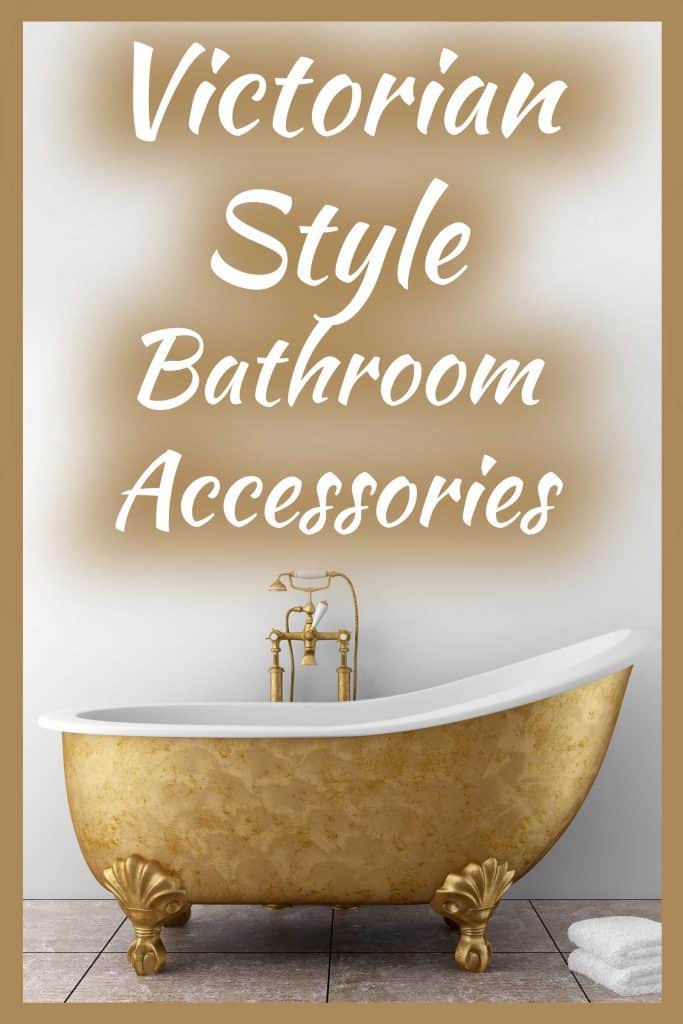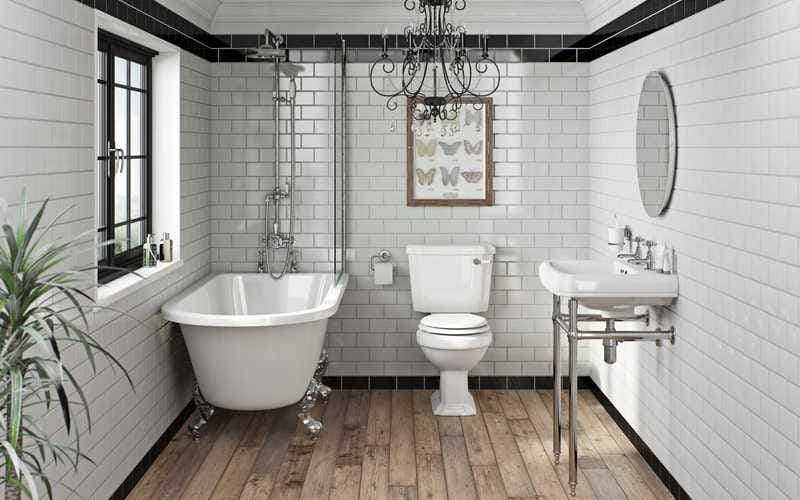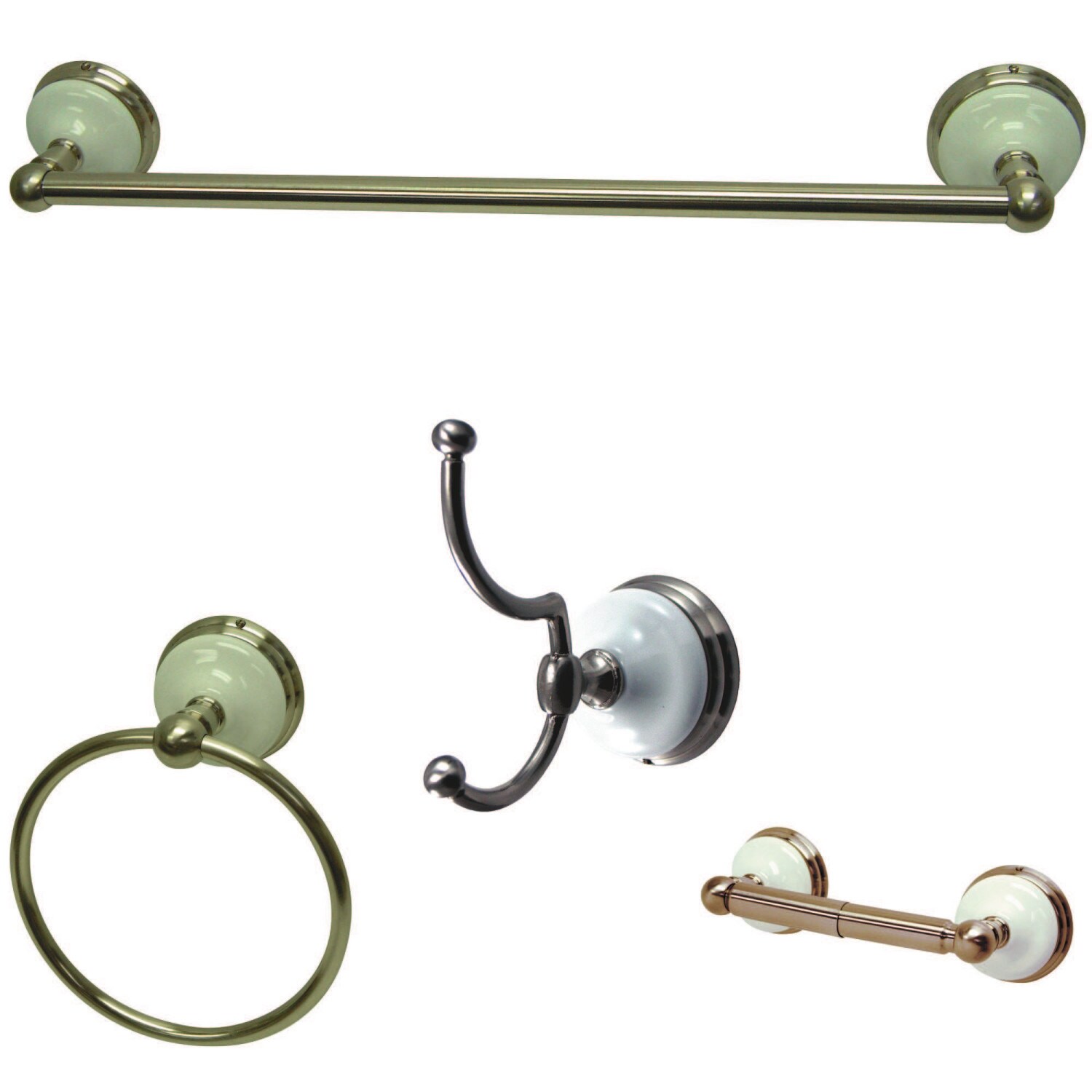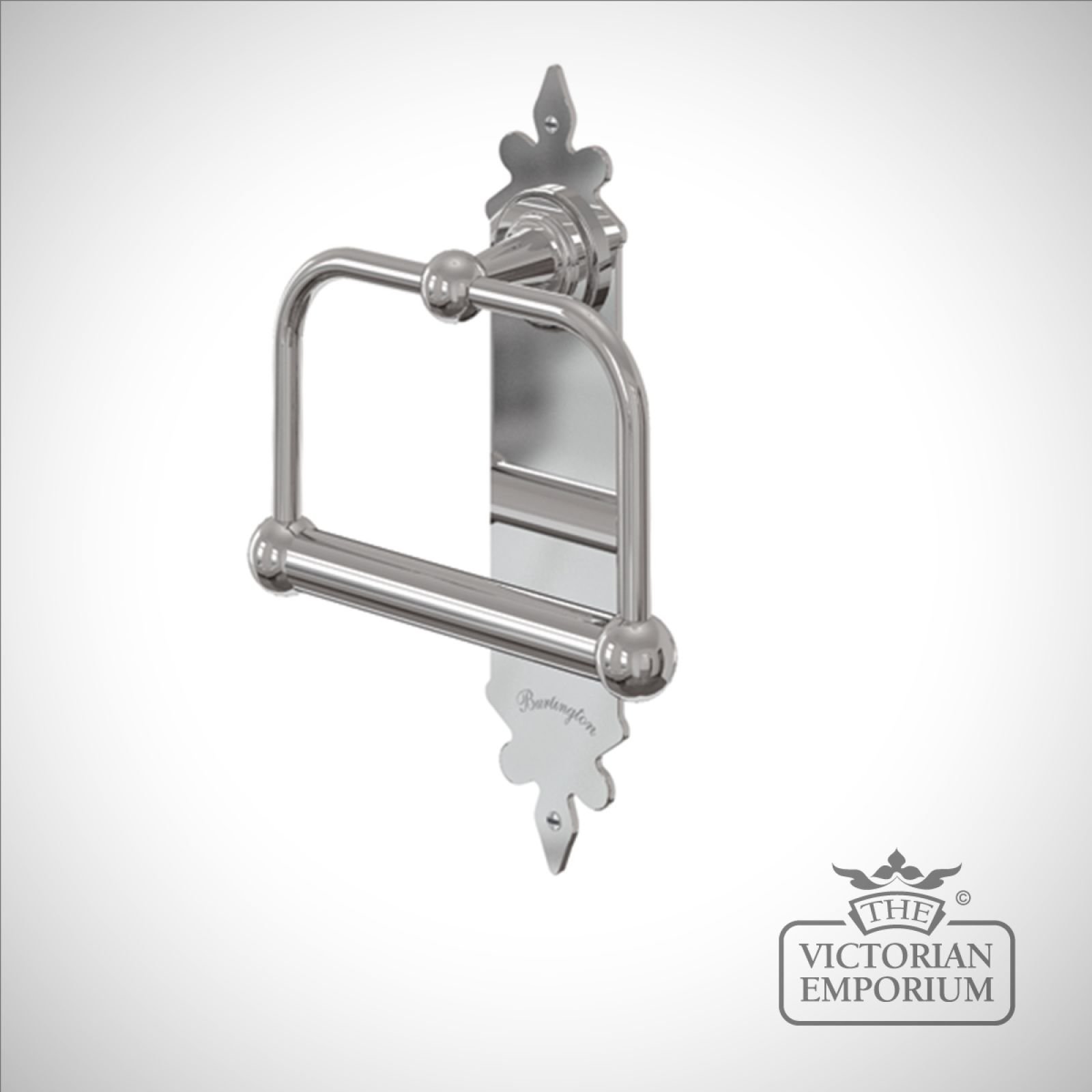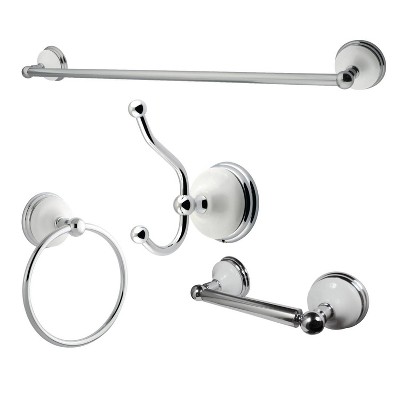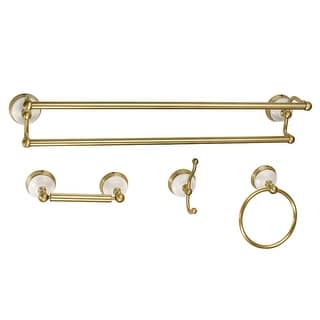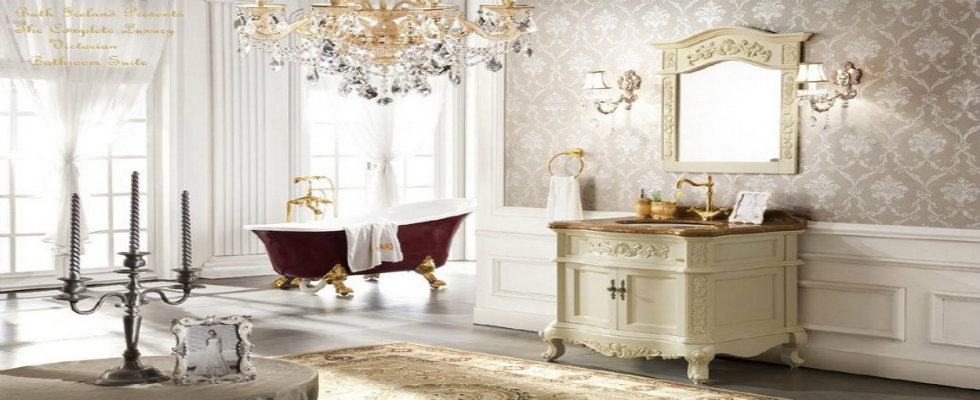The sole benefit of getting a glass sink in your bathroom instead of bath vanity is that it occupies extremely less room in your bathroom and if you think that your bathroom is quite tiny next you've no solution but in order to make use of a glass sink. Another added bonus is that the majority of of these fixtures as well as accessories also come with some sort of warranty.
Images about Victorian Bathroom Accessories

These items can help contribute to the beauty as well as the value of the home at a minimum cost for the household. The emphasis here ought to be on enhancing the fun factor rather than practicality. Oil rubbed bronze accessories inside the bathroom offer a classic and sophisticated look that can compliment some wood surface you might already have.
16 Victorian bathroom accessories you will love
Most bathroom designers decide beforehand where to place these accessories to be able to accentuate the attractiveness.Deciding on the best accessory set helps in developing a symmetry as well as uniformity in the bathroom of yours.Unlike a total overhaul, the customer will pay a lot less for the new look as well as the project can typically be completed a lot sooner.
Victoria Bath Ensemble, 4 Piece Bathroom Accessories Set, Victoria Collection Bath Gift Set Features Soap Dispenser, Toothbrush Holder, Tumbler, u0026
Along with other major components of a bathroom as shower enclosures, other paraphernalia and bathroom furniture, these small objects play an extremely major role in assisting you to wash your body in addition to mind. Practical decisions usually lead to improved better utilization and functionality of space. The physical form of these accessories frequently assumes a Victorian look.
16 Victorian bathroom accessories you will love
CHROME VICTORIAN STYLE BRASS WALL MOUNTED ROUND BATHROOM ACCESSORIES eBay
Top tips for Victorian style bathrooms
Rare 4-Pc Antique Victorian Bathroom Accessories Swan Hardware Solid Brass Set eBay
Victorian Bathroom Accessories. Victorian bathroom accessories are
Kingston Brass 4-Piece Victorian Brushed Nickel Decorative
Amazon.com: Glarcy Bathroom Accessories Set – Soap Dispenser
Ornate spire toilet roll holder The Victorian Emporium
4pc Victorian Porcelain Bathroom Accessory Set Polished Chrome – Kingston Brass
Overstock.com: Online Shopping – Bedding, Furniture, Electronics, Jewelry, Clothing u0026 more
Victorian Style Bathroom Design Ideas
Related Posts:
- Modern Chrome Bathroom Accessories
- Bathroom Accessories For Seniors
- ADA Bathroom Accessories Mounting Heights
- Recycled Glass Bathroom Accessories
- Black Gold Bathroom Accessories
- Anti Ligature Bathroom Accessories
- Florida Gators Bathroom Accessories
- Japanese Style Bathroom Accessories
- Bright Orange Bathroom Accessories
- Industrial Style Bathroom Accessories


